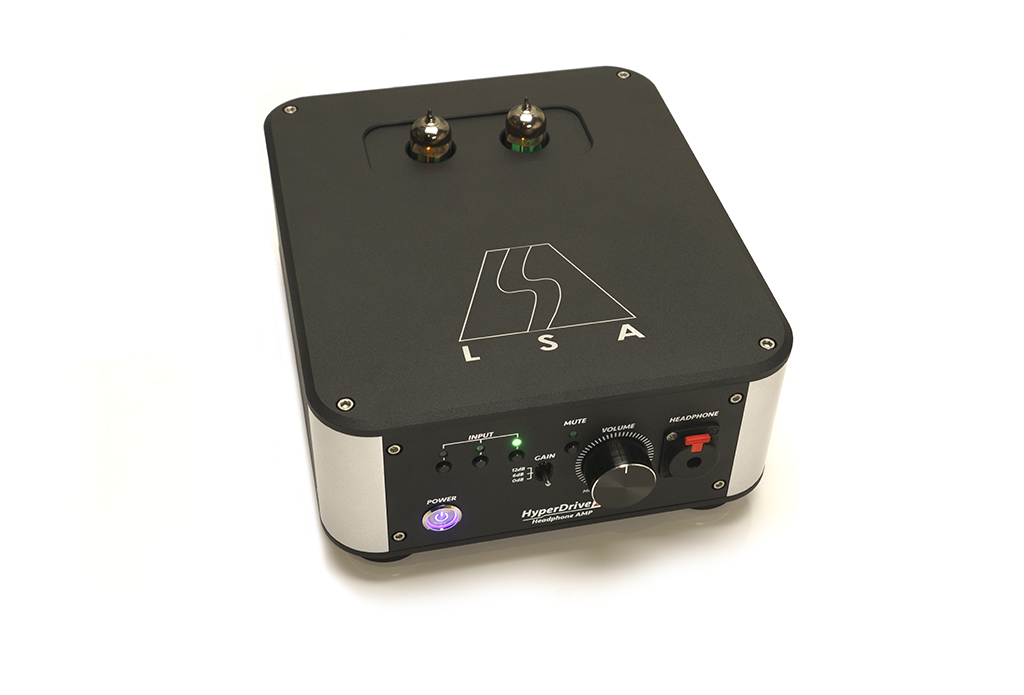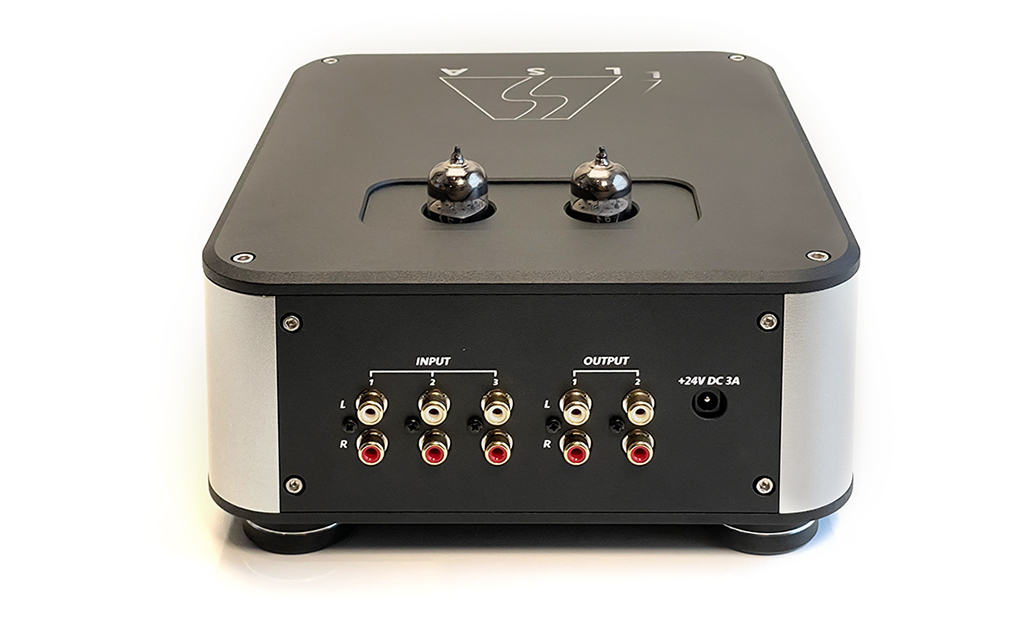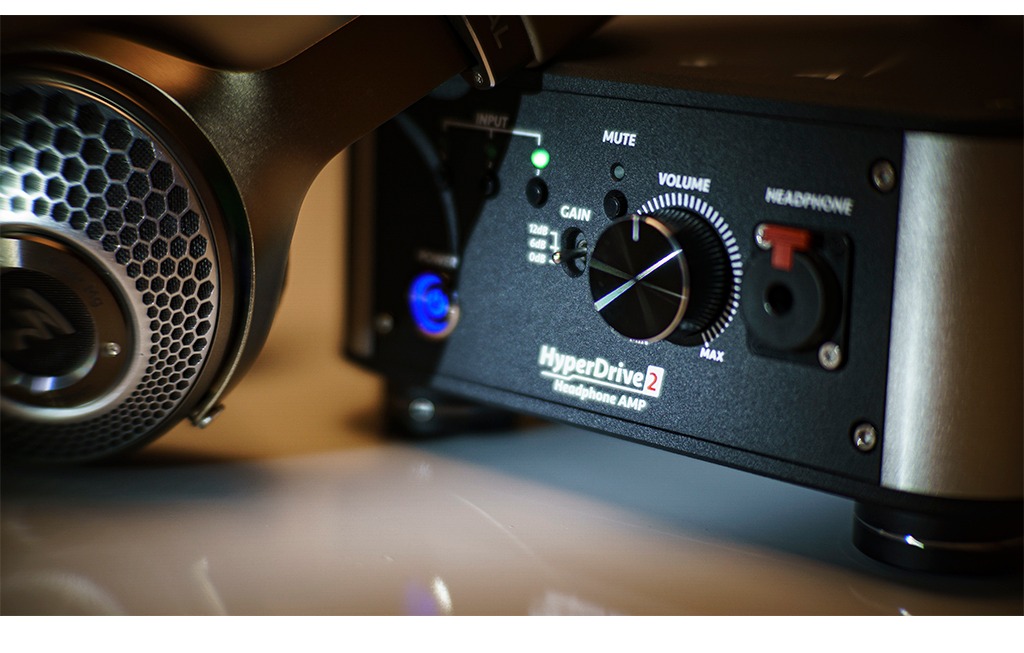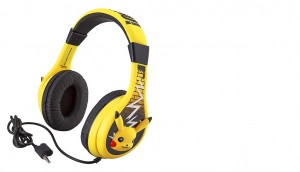LSA HyperDrive 2 – Review
 You might laugh at me for beginning my review of the new LSA headphone amplifier with my Pikachu headphones, but it’s somewhat of a torture test.
You might laugh at me for beginning my review of the new LSA headphone amplifier with my Pikachu headphones, but it’s somewhat of a torture test.
More often than not, crappy budget headphones have a crazy impedance curve. (Which makes them sound even worse with a phone or laptop) But an amplifier with some serious drive can control them enough to sound better than they are. Bam, the new HyperDrive 2 Preamp/Headphone amplifier passes the first test.
LSA is going to be selling the HyperDrive 2 for $995, but in typical Underwood HiFi Tradition, they give early adopters a deal – for now they will be $799. I’m not a huge headphone listener, but I really love headphone amplifiers that offer the ability to be used as a preamplifier as well – it’s the perfect way to entice a personal listener into a two-channel system as time, budget and space allow, making this an even better value. LSA’s Mark Schifter said that the first 100 units will also have NOS Russian 6N1P tubes. Our experience has been that these are very robust tubes with long life, so this will provide even more value.
Ok, on to real headphones
Getting back to hifi reality, a group of phones including an older pair of Grado SR-60s, Sennheiser 650s (with Cardas cabling) and some original Audeze LCD-1s rounded out the old school, with some Sendy Peackocks, and a pair of Focal Clear Mgs for current cans. Thanks to the adjustable gain switch on the front panel (0dB, 6dB, and 12dB) you should be able to drive anything with ease.
The overall sound of the HyperDrive 2 is large, spacious, headphone-y. When you put on Pink Floyd’s Dark Side of the Moon, Santana’s Abraxas (whatever version you have, btw) or anything by Frank Zappa, you’ll want to light up a joint. Or feel like you’ve already indulged. Headphone listening is a personal experience, and for many the gateway to high end audio.
Those tubes inject a nice bit of tonal saturation and warmth, to distinguish the HyperDrive 2 from a lot of other inexpensive headphone amplifiers that rely on Op Amps alone. It’s just right and a welcome touch. Highs are fleshed out, mids sound natural – regardless of headphones chosen, and the bottom end is well defined and powerful.
Bonus #1 – It’s an incredible preamplifier
You could buy the HyperDrive 2, never use it for more than a headphone amplifier, and be completely happy forever. Really, it’s that good. Even my $4,000 pair of Focal Utopias sound damn good through the HyperDrive 2.
However, good as the HyperDrive 2 is in this mode, I submit that it’s an even better stereo preamplifier. Now that most people use their DAC as a digital hub, the three single ended RCA inputs are enough for your favorite DAC, a phono stage, and maybe even a tuner or cassette deck.
The level of transparency, musicality, and sheer weight that the HyperDrive 2 delivers reminds me of legacy giant killers from Hafler, NAD, and APT/Holman. Simple, well-designed circuits that achieved synergistic success that was more than the sum of the parts used to construct them. The input stage consists of a pair of ECC88/6DJ8 tubes, so you can tune this to taste with some NOS tubes, and the heaphone amplifier section utilizes the Texas Instruments TPA6120A2 op amps, with the preamp output (line level outputs) using Texas Instruments OPA1656 op amps. I’m normally op amp adverse, but these are well implemented.
Again, keeping the approachable ethos intact, three power amplifiers were used with great success. A recently re-capped Nakamichi 420 power amplifier, scored from a friend for a couple hundred bucks was first up. Second, the LAB 12 Mighty, which provides 10 Wpc of single ended EL34 power, and finally a PrimaLuna EVO 100 power amplifier. (35 Wpc all tube).
Speakers on hand were equally budget minded. A pair of Vandersteen 1Cs, a vintage pair of Acoustat 1+1s (though I had to step the game up to my vintage Nakamichi 620 power amplifier) and a pair of KEF LS-50s. Throw in some entry level Black II cables from Tellurium Q, and we’ve got a rocking system on a reasonable budget.
The LSA used in this manner is incredibly good. Way beyond what is typically offered up at this price – it’s really a level of sonic refinement and resolution that is almost always absent here, usually requiring spending a lot more money. This is the true strength of the HyperDrive 2. Underwood and LSA’s manufacturer direct policy makes it possible. Bonus points for you.
Bonus #2 – You can drive speakers with it – a bit
Well, within reason. LSA claims 2 watts into 32 ohms, so I had to go for it. You won’t be able to drive a pair of Harbeths with this thing, but if you’ve got a pair of Klipsch LaScala’s, some Zu Dirty Weekends, or a pair of the new Heretic speakers with 97dB sensitivity. And Bingo was his name. A quick late night run to Best Buy for an $8 headphone extension cable was all that I needed to hack the system, and my trusty wire stripper. The HyperDrive 2 has a standard ¼” jack on the front panel for your phones, so that’s how we did it.
I’m sure the LSA folks won’t sanction this, but if you have a similar pair of speakers in a small ish room, this little desktop powerhouse is incredibly clean sounding. I couldn’t help but be totally impressed with how well this headphone amplifier drove my Heretic A614s to modest levels. If I were back in college again, in a small listening room, I could really enjoy this kind of setup. LSA claims an output impedance of 13 ohms, so this activity will be hit and miss, depending on your speakers. But always worth exploring!
An outstanding value proposition
In a world populated more and more by stuff barely anyone can afford, it’s refreshing to see a product so dedicated in offering so much performance for the dollar. In my day we had our Hafler, NAD, and a few others to get us into it all. Sure, they didn’t have the same quality of casework as maybe a Levinson or Krell piece, but the sonic fundamentals were there in enough abundance to get us to all abandon our mid fi recievers.
Today, the LSA Hyperdrive will convince you it’s time to step up from a Sonos or powered speaker thing and get a real hifi system. Pair it up with a few carefully chosen components and you’ll be thrilled, whether you approach it as a headphone amplifier first or as a 2-channel preamplifier that’s the cornerstone of your system. Very highly recommended. You’ll be seeing this one again before the end of the year. Pika, pika.






